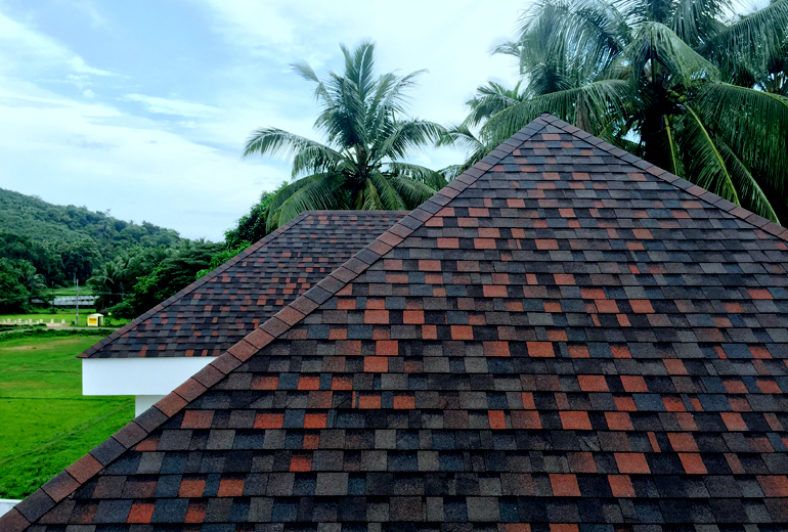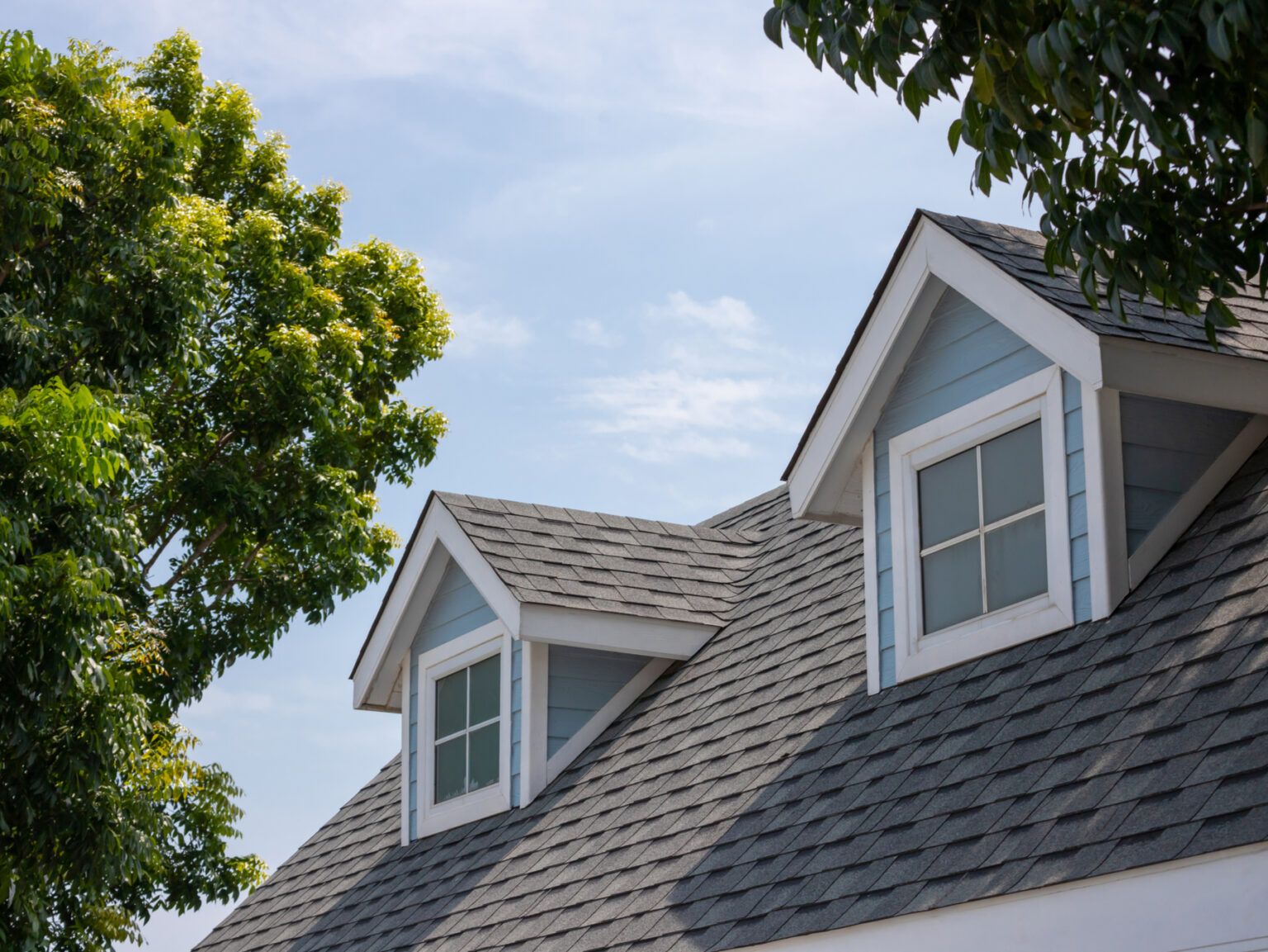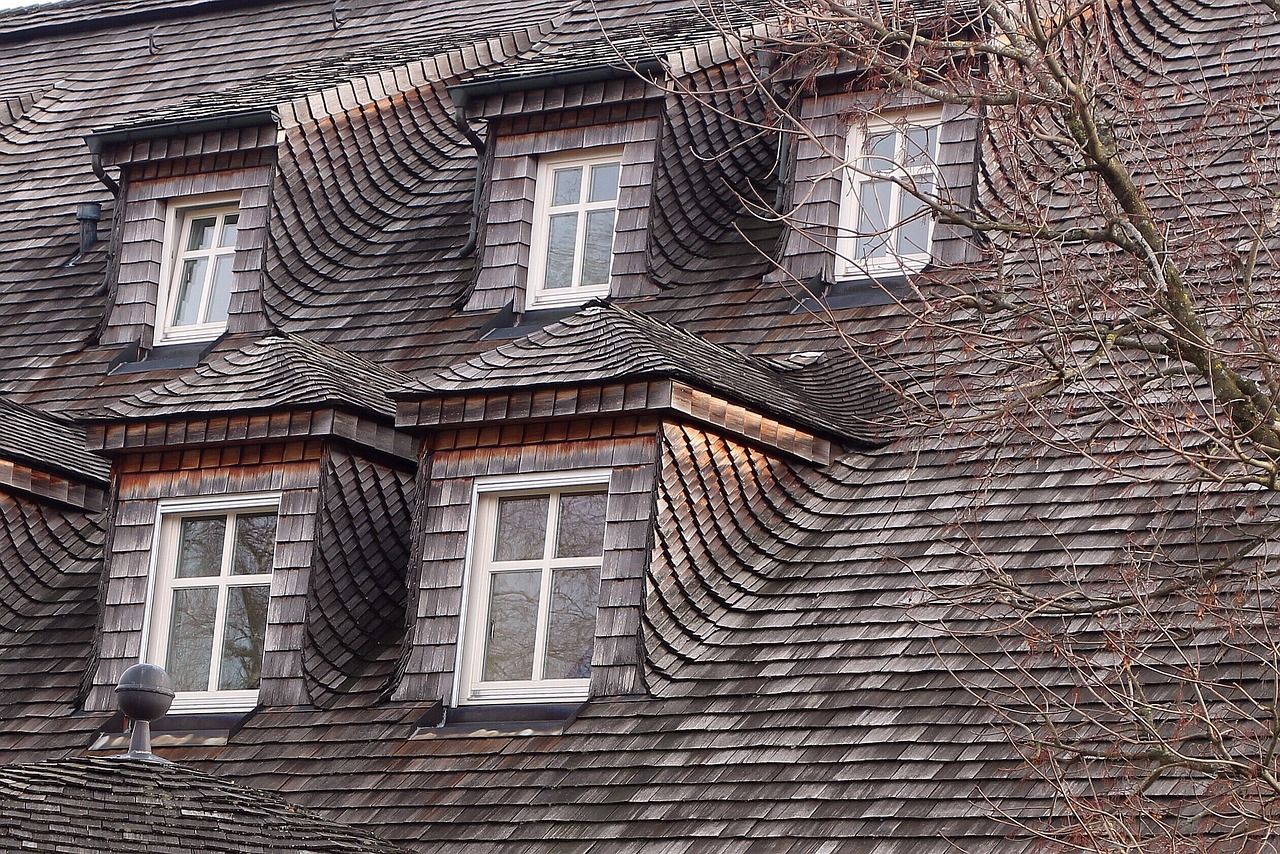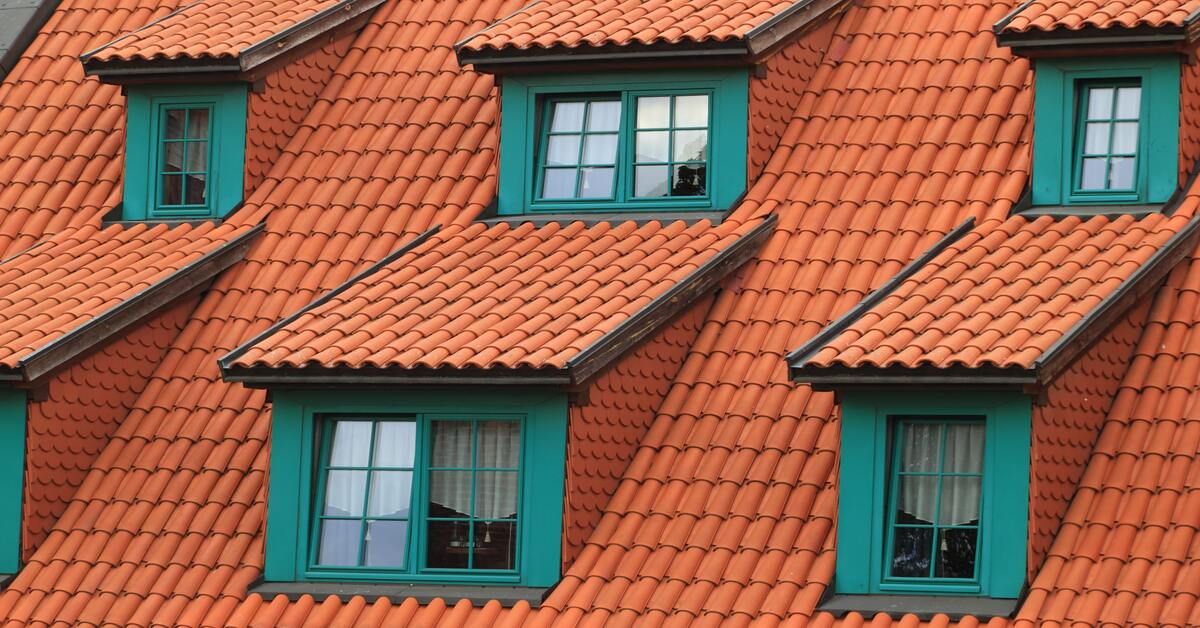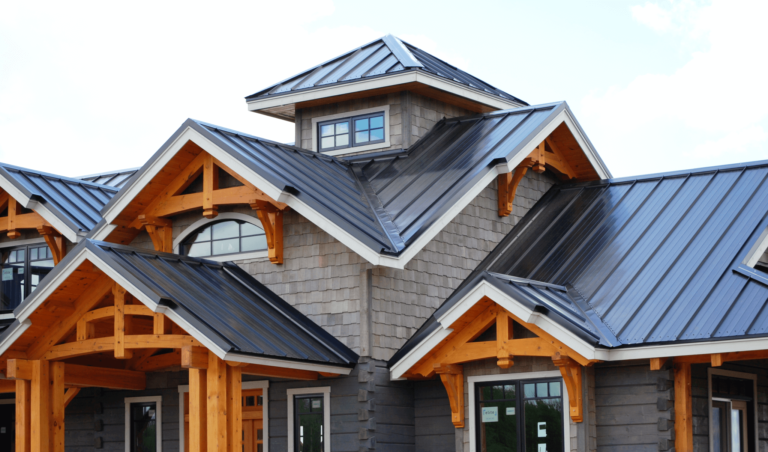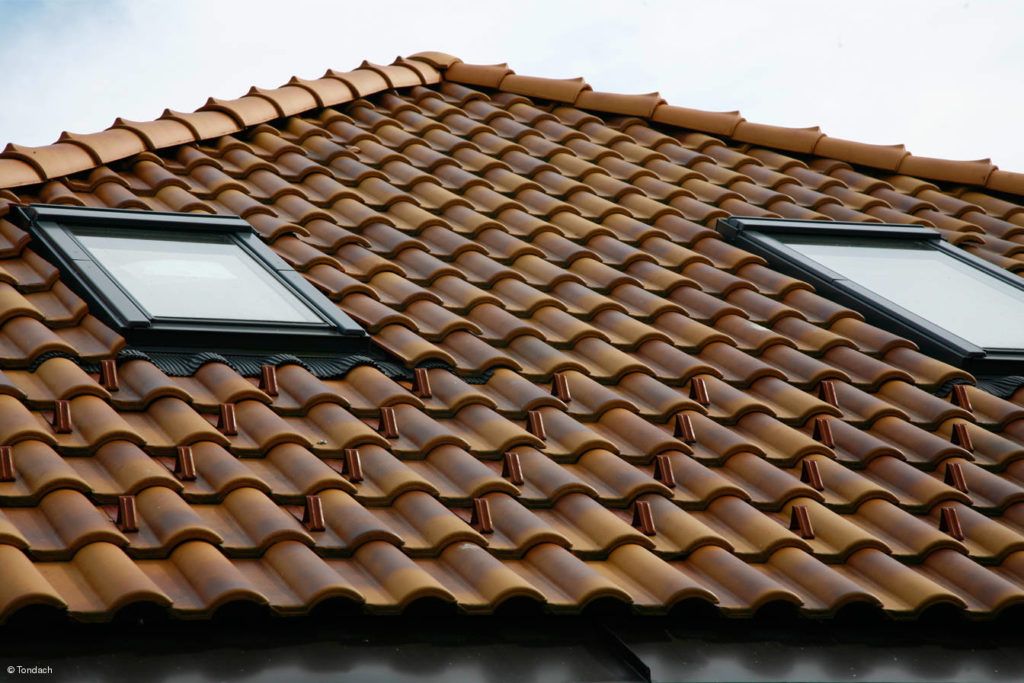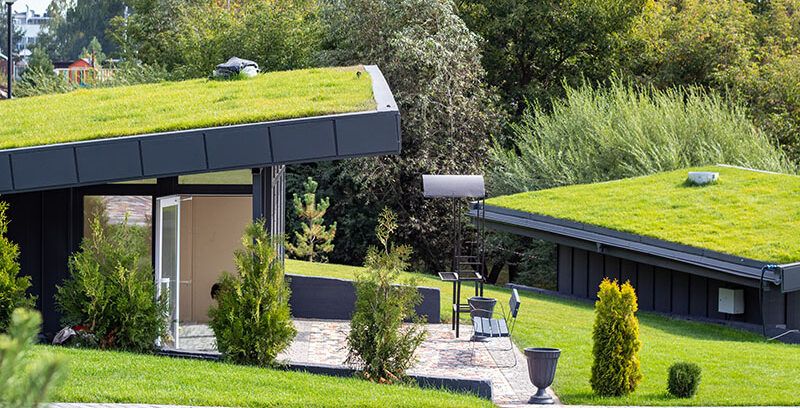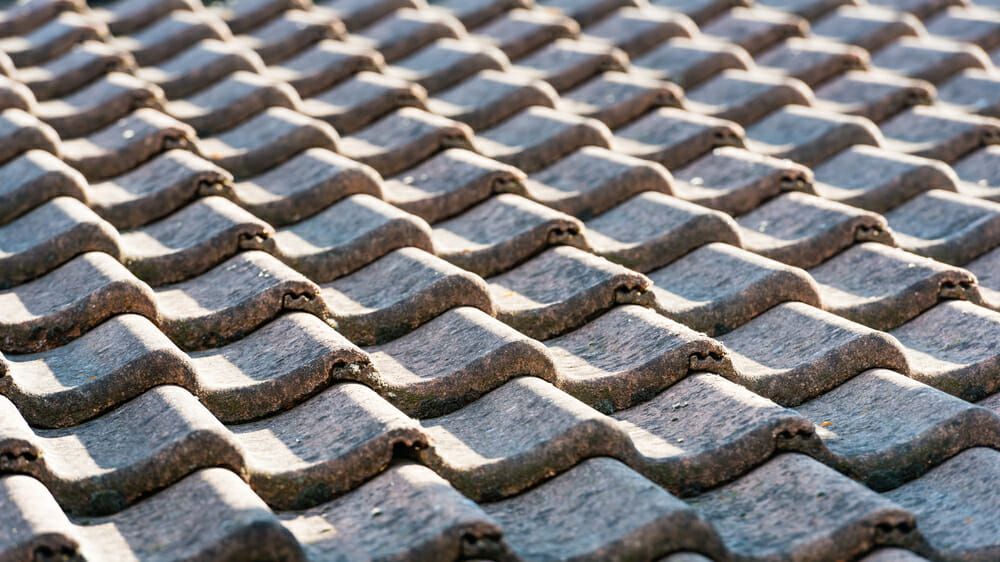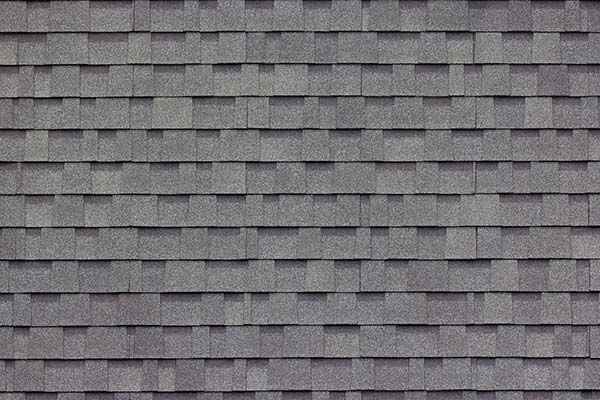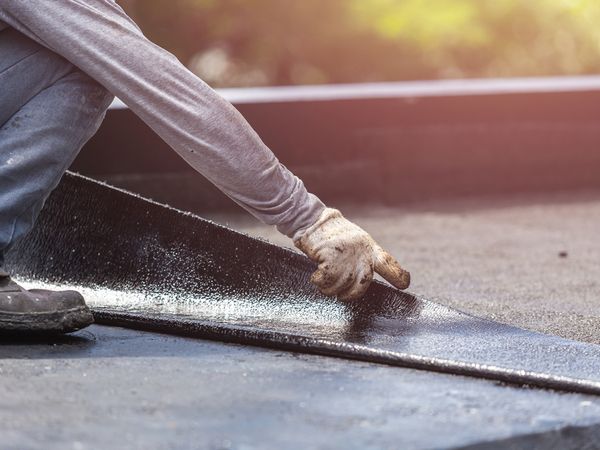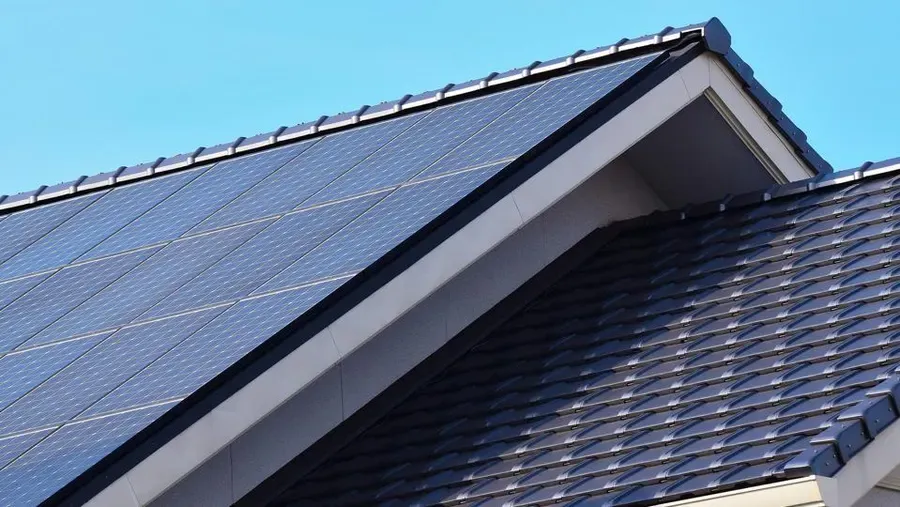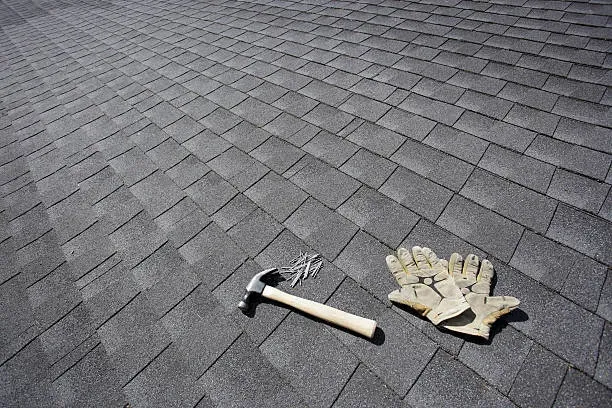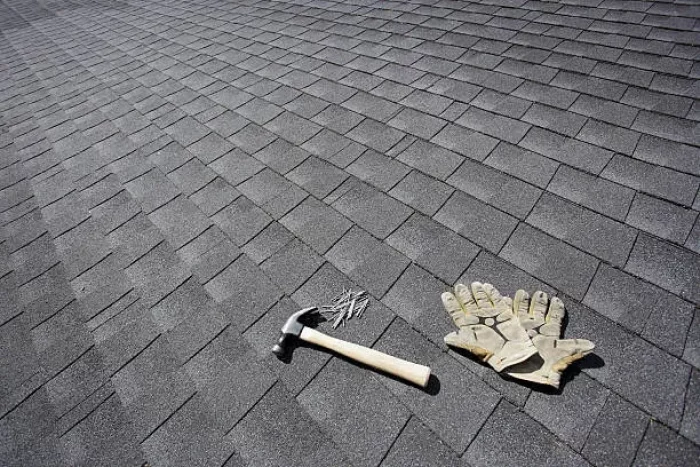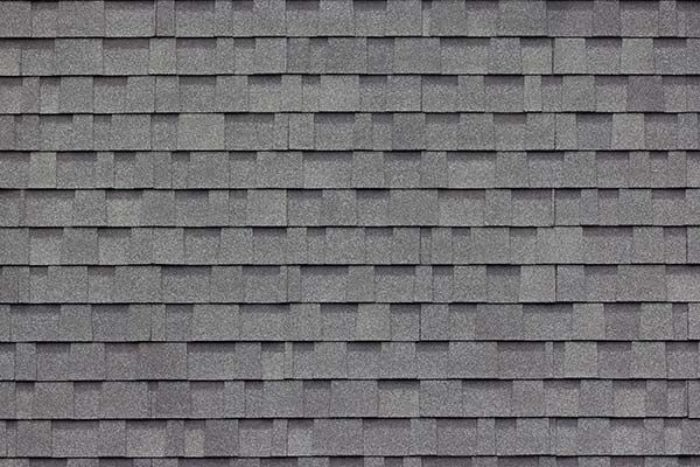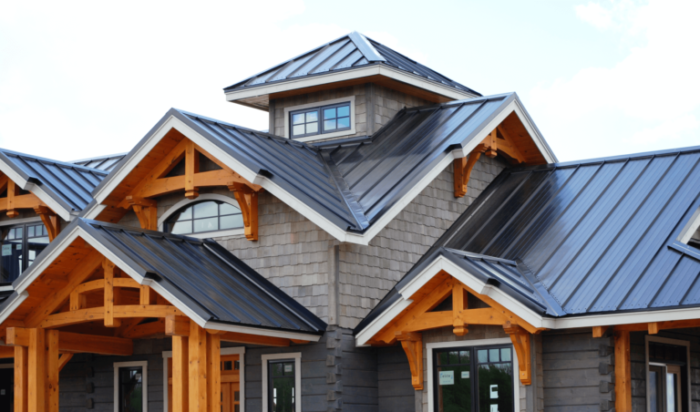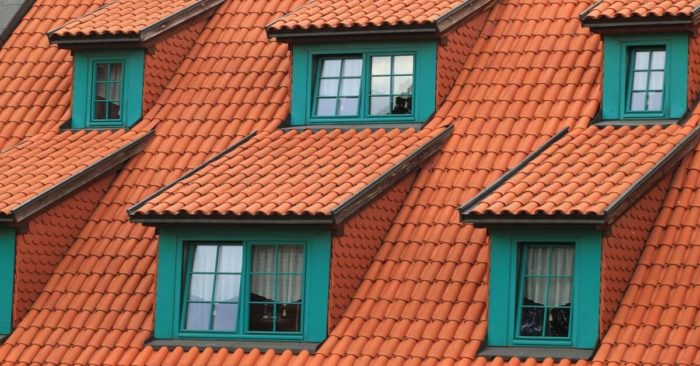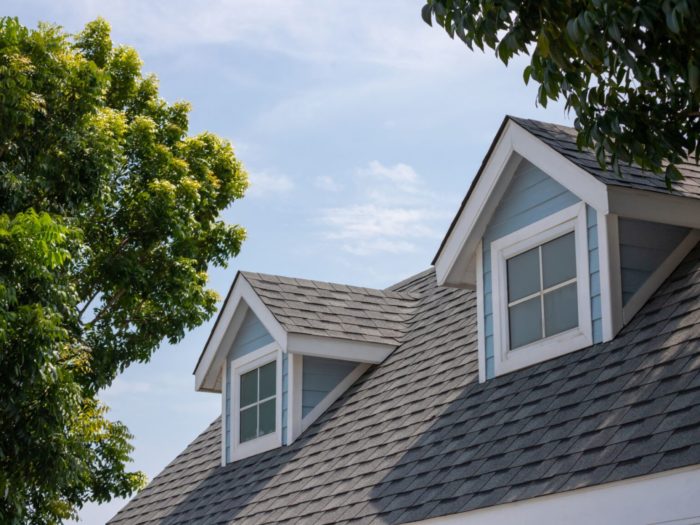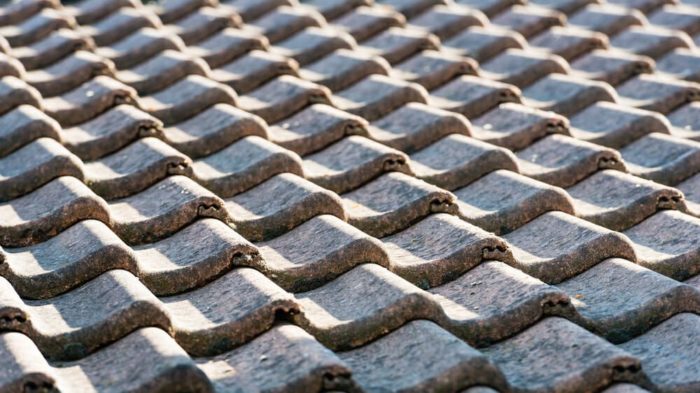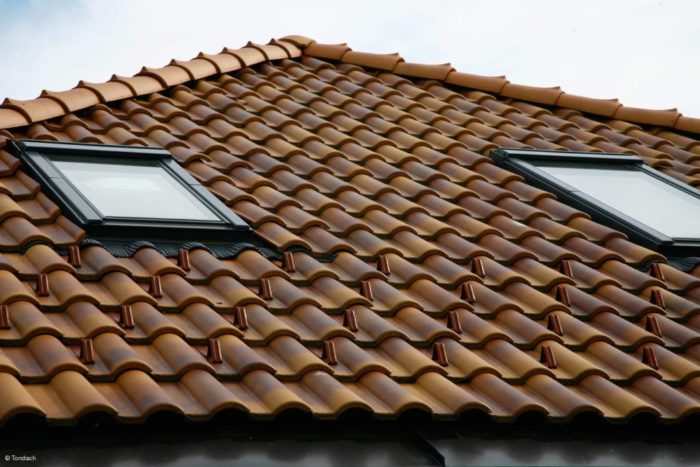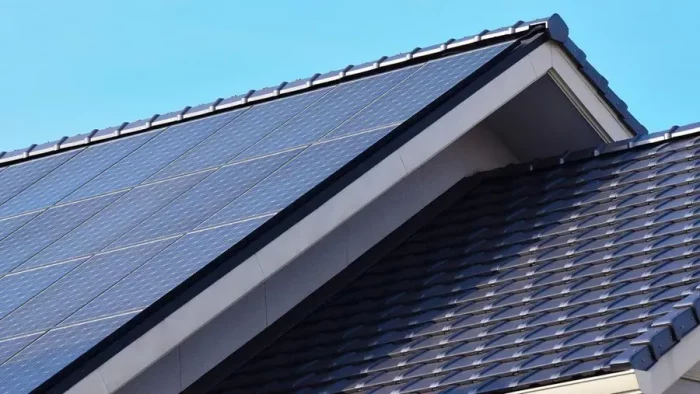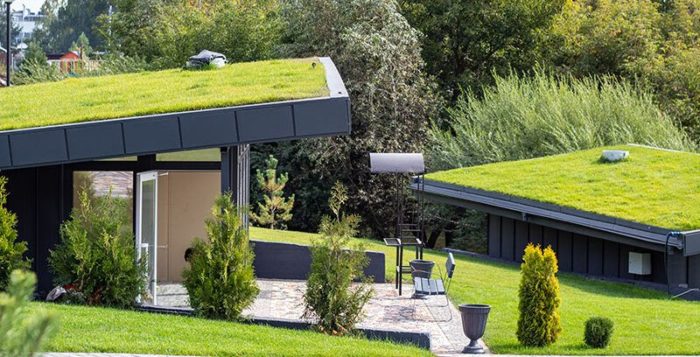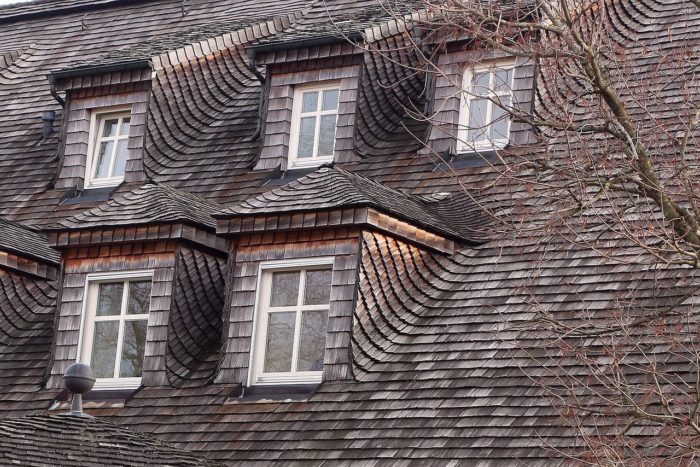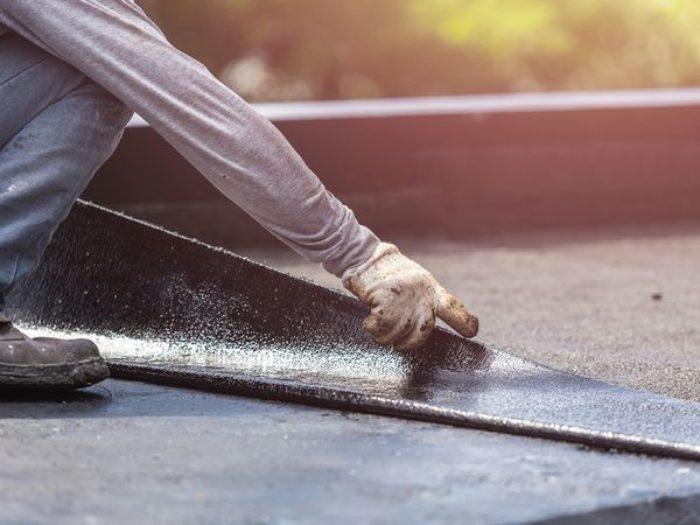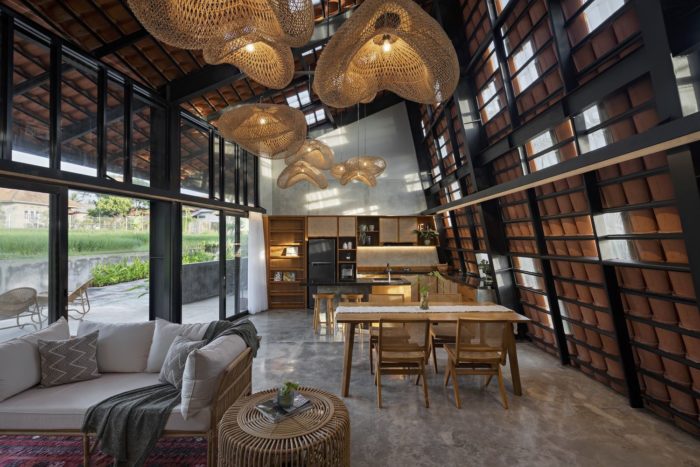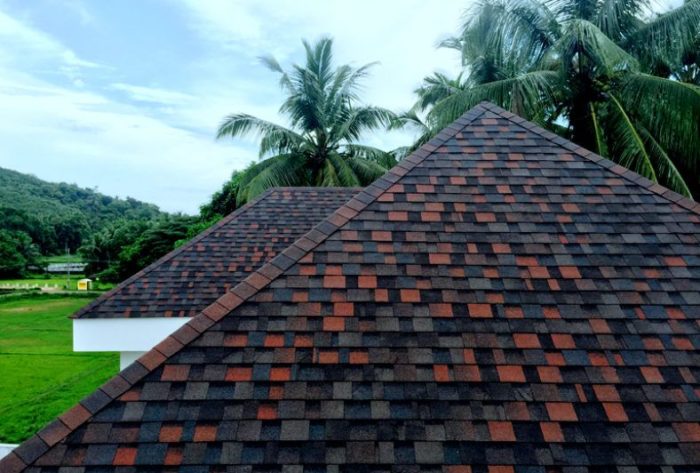Roofing materials are the materials used to cover the top of a building to protect it from weather elements. Your roof is essential to your home, safeguarding it from rain, heat, cold, and other outdoor factors. Despite your best efforts in maintenance, there will come a time when you will need to replace your roof due to wear and tear or damage. Luckily, there are various roofing materials and styles available to choose from.
1) What Are the Different Types of Roofing Materials?
Choosing suitable roofing materials for your home can depend on several factors, such as your location, personal preferences, and house style. Although asphalt shingles are the most popular choice due to their versatility in different environments, other options, such as clay, tile, concrete, and metal shingles, are also available. The best roofing material for you will depend on where you live, your budget, and your home’s specific design and structure.
Here are some of the most common types of roofing materials:
1- Asphalt Shingles
Asphalt shingles are the most commonly used roofing material in the United States. They are made from a blend of asphalt, fiberglass, and other materials. Although affordable and easy to install, they may not be as durable as other roofing materials. However, they come in various colors and styles and can be installed on different roof pitches, making them versatile.
2- Metal Roofing
Metal roofing has gained popularity in recent years, and entire metal roofs are now used rather than just decorative accents. The most common materials used in metal roofing are painted steel, although aluminum or copper can also be used. These roofs offer excellent design flexibility during home construction or renovation, with choices like stamped steel, standing seams, or vertical ribs. They are known for being strong, lightweight, and have a longer lifespan than other roofing types. Additionally, they have the highest fire resistance rating. However, it’s important to note that installation costs for metal roofs are higher than those for asphalt alternatives. Moreover, they can be susceptible to dents and pose challenges when replacing small sections.
3- Tile Roofing
Tile roofing is available in various materials, such as clay, slate, and concrete. Although it is highly durable and has a long lifespan, it tends to be the most expensive roofing material. Tile roofing is available in many colors and styles and is adaptable to various roof pitches. There are additional options such as ceramic, composite, rubber, or synthetic materials, all of which contribute to an attractive aesthetic. The choice of material will impact the durability and longevity of your new roof, as certain materials are better suited for specific climates.
4- Slate Roofing
Slate tiles are a stunning and durable option for roofing. Made from natural stone, they are one of the finest and most environmentally friendly roofing materials, suitable for various weather conditions. They can last between 100 to 150 years when installed under optimal conditions. Slate roofs are highly resistant to both fire and extreme weather conditions. However, their weight requires a strong support structure, and being a natural stone product, they can be brittle and prone to breakage. Although they come in a range of colors and styles, it’s worth noting that slate roofing is the most expensive option available and can be installed on various roof pitches.
5- Concrete Tiles
Concrete tiles are a popular roofing material due to their durability, long lifespan, and versatility. They are made from a blend of cement, sand, water, and pigments for variety in color. These tiles are strong, weather-resistant, and can withstand extreme temperatures. They come in diverse shapes, sizes, and profiles, which provide a broad spectrum of design options.
They can mimic the look of roofing materials like clay tiles, wood shakes, or slate while retaining concrete benefits. One notable advantage of concrete tiles is their excellent fire-resistant properties, which increase safety in fire-prone regions. They are non-combustible and prevent the spread of fire. However, they are heavier than other roofing materials, so ensuring the roof structure can bear the tile weight is essential. During installation or when replacing an existing roof, reinforcement may be necessary.
6- Clay Tiles
Despite a decline in popularity lately, clay tile remains an appealing choice for roofing materials, boasting abundant regional charm. These tiles will give your home a distinct layered appearance while providing exceptional durability against various elements such as windstorms (including tornadoes and hurricanes), earthquakes, salty air, and even fires. They are also resistant to insect damage and rot and can last 50 years or more.
However, due to their weight and individual interlocking, clay tiles require a sturdy roof structure for support and may not be suitable for homes with a steep roof pitch. Although tile roofing is more expensive than asphalt or metal roofing, it’s important to note that these roofs may require more frequent repairs, especially when individual tiles crack or break.
7- Solar Tiles
Solar tile roofing is an attractive and modern option for roofing materials. Apart from its visual appeal, these tiles also offer the added advantage of reducing electricity bills by harnessing solar energy for power generation. However, it’s important to note that the installation process for solar tiles is time-consuming and comes with a hefty price tag. Moreover, they may not be the best fit for homes located in shaded areas. Additionally, it’s crucial to consider that they are relatively delicate compared to other roofing materials.
8- Green Roofing
Green or living roofs can transform your roof into a miniature garden. They are great at managing water runoff, providing insulation for your home, and generating clean oxygen for the environment. However, despite these benefits, the costs of constructing and maintaining a green roof can add up quickly. Additionally, it requires significant maintenance, mainly to ensure the health and well-being of the plants.
9- Wood Roofing
Wood roofing is a timeless and classic option among roofing materials. It offers a beautiful and rustic look that not only exudes durability but also provides energy efficiency. However, choosing wood roofing can be an expensive investment, both in terms of ordering and installation, and it also comes with the added burden of ongoing maintenance expenses. Proper maintenance of wood roofing requires a significant amount of labor and time. Neglecting the necessary upkeep could lead to substantial damage, rendering the roof ineffective over time.
10- “Rubber” Membrane Roofing
Rubber membrane roofing, or EPDM (ethylene propylene diene terpolymer), is an excellent option for low-slope or flat roofs due to its durability and versatility. This roofing material is highly resistant to UV radiation, ozone, and weathering, making it capable of withstanding extreme temperatures and environmental conditions. When installed correctly and maintained properly, a rubber membrane roof can last for more than 30 years. Its seamless sheets and adhesive or fastening methods during installation create an effective barrier against leaks and water damage, making it an excellent waterproofing option. Additionally, rubber membrane roofing helps to reduce cooling costs and promote energy efficiency by reflecting sunlight and heat, keeping the interior cool.
2) Factors to Consider When Choosing Roofing Materials
When picking out roofing materials for your home, it’s crucial to weigh various factors to make an informed decision. Here are some essential aspects to keep in mind:
- Climate and Weather Conditions: When choosing a roofing material, consider your region’s climate and weather conditions, including temperature changes, rainfall, snowfall, wind, and sun exposure. Certain materials are better suited for specific weather conditions.
- Durability and Longevity: When selecting roofing materials, consider their durability and expected lifespan. Metal or slate, for instance, can last over 50 years, while materials like asphalt shingles have a shorter lifespan. Weigh the pros and cons of each option before making a decision.
- Maintenance Requirements: Evaluate maintenance needs of different roofing materials. Some materials require minimal upkeep, while others, like wood shakes, need regular check-ups and treatments.
- Cost: When planning your roofing project, factor in the cost of materials and installation, which may vary depending on the size and complexity of your roof.
- Energy Efficiency: To reduce energy consumption, consider using roofing materials with excellent insulation and reflectivity, such as metal roofs or cool roof coatings.
- Noise Insulation: If noise reduction matters to you, consider using effective soundproofing materials, like clay tiles or metal roofs with appropriate insulation.
- Building Codes and Regulations: It’s important to choose roofing materials that satisfy local building codes, which may include specific requirements for fire ratings, wind resistance, and materials.
- Aesthetics and Architectural Style: Select roofing materials that complement your home’s architectural style and enhance its aesthetic appeal, considering color, texture, and shape to elevate your property’s appearance.
3) Conclusion
If you need clarification on the type of roofing material that would be best for your needs, it’s a good idea to seek the advice of a roofing professional or contractor. They can evaluate your specific requirements, offer guidance, and help you decide on the roofing materials you should use. Not only that, they can also guarantee that the chosen material is installed correctly, which will ensure optimal performance and longevity.

